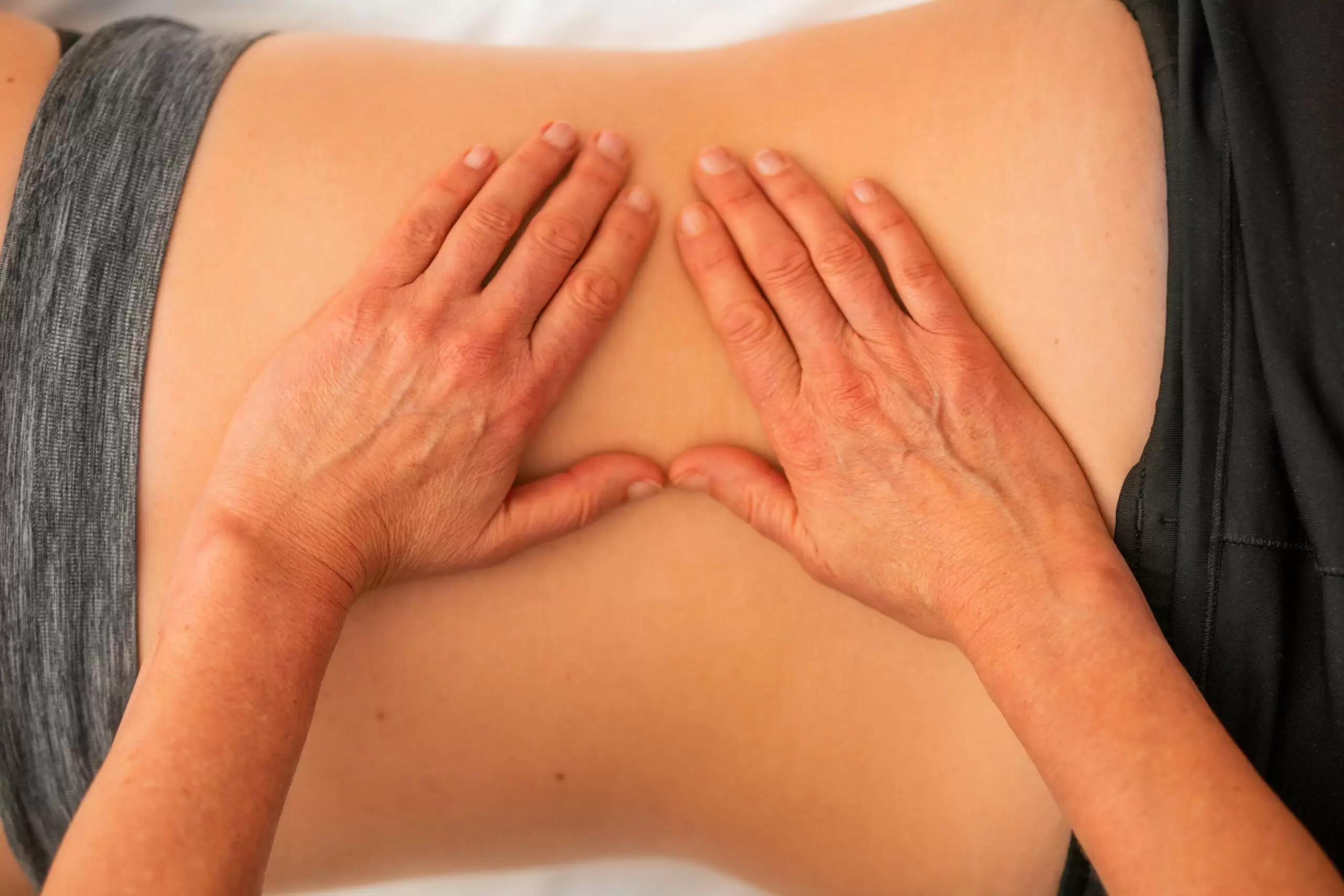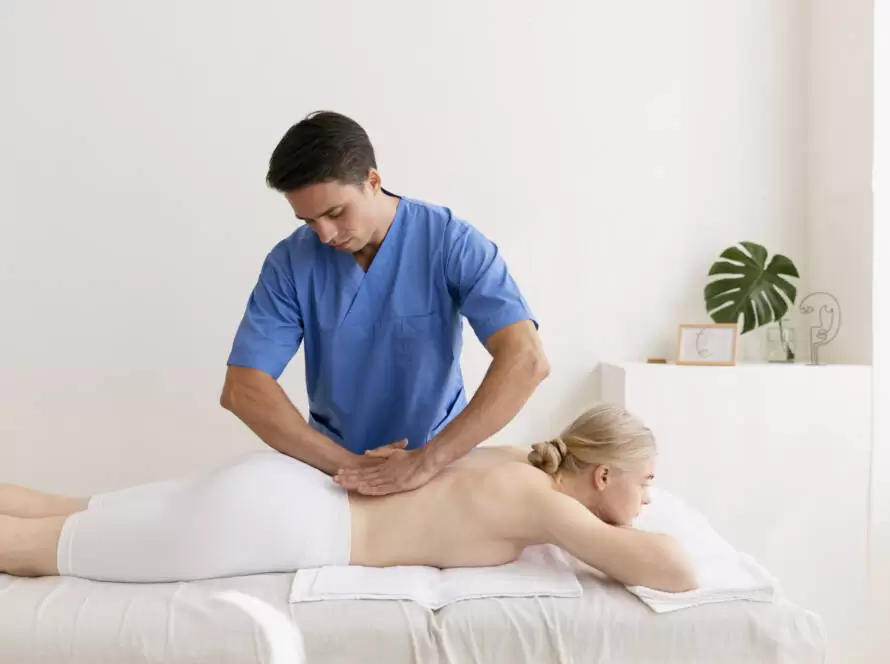Getting deep, peaceful sleep can seem difficult in the hectic environment of today. Many seek greater rest by turning to sleep aids or particular routines; nevertheless, reflexology is an alternative therapy gaining popularity for its capacity to improve sleep. This age-old habit is more than simply a means of relaxation; it’s a whole method meant to deal with the underlying causes maybe influencing your sleep quality. Let’s investigate reflexology’s mechanisms and why it’s a great choice for anyone looking for naturally occurring better sleep.
1. What Is Reflexology?
Believed to correspond with different organs and systems in the body, reflexology is a kind of treatment emphasising pressure to particular areas on the feet, hands, and ears. Reflexology seeks to promote balance and healing based on the idea that these locations contain energy paths. This method can reduce tension, boost circulation, and finally help one to enter a condition of relaxation fit for better sleep.
Reflexology is based on the concept that although the body naturally heals and regulates itself, modern stresses can throw off this equilibrium. Reflexologists “reset” these circuits using focused pressure, therefore enabling the body to restore to its normal homeostasis and encourage peaceful sleep.
2. The Link Between Reflexology and Better Sleep
Reflexology enhances the quality of sleep rather than only makes you fall asleep. It looks like this:
– Reduction of Stress and Anxiety: Reflexology is especially good in lowering stress chemicals, such cortisol, which meddles with the body’s capacity for relaxation. Reflexology helps a state of calm by reducing cortisol levels, which facilitates natural drifting off and longer staying asleep.
– Enhanced Circulation: Reflexology improves circulation, therefore facilitating the transfer of nutrients and oxygen all around the body. Common problems that might disturb sleep, muscle tension and pain, can be relieved by better circulation.
– Balancing the Nervous System: Reflexology’s modest stimulation helps the parasympathetic nerve system—which controls the body’s “rest and digest”—to be in balance. This system helps the body to relax, therefore promoting a serene mental and physical condition fit for deep sleep.
3. Key Reflex Points for Sleep Improvement
Reflexologists concentrate on particular locations to treat problems connected to sleep. These are a few of the most crucial points together with their benefits:
– Solar Plexus Point: Found in the middle of the foot, the solar plexus point is connected to lowering stress and tension. Pressing this area has a soothing impact that helps reduce mental unrest and worry that could impede sleep.
– Pituitary Gland Point: Found close to the big toe, pituitary gland point affects hormone production in the body, notably melatonin, the sleep hormone. By promoting natural melatonin release, stimulating this point can help to control sleep-wake cycles.
– Neck and Spine Reflex Points: Reflex points across the inside edge of the foot match the neck and spine. Targeting these areas helps reflexologists release tension from stress or posture, both of which can compromise sleep quality.
– Heart Reflex Point: Stimulating the heart reflex point can help those with anxiety that disturbs sleep related with emotional strain and stress.
Through concentrating on these reflex sites, reflexology helps the body to support sleep. Regular reflexology sessions over time can assist the body and mind get trained to enter a state of calm when it comes time for bed.
4. Reflexology and the Mind-Body Connection in Sleep
Often a complicated mix of physical, psychological, and emotional elements, sleep disruptions are Reflexology addresses all three concurrently using a different approach:
Physical Relaxation: Reflex point physical stimulation gives a signal to the body to release muscle strain. Those who suffer with aches and pains that keep them from sleeping peacefully will find especially helpful this release.
Mental Clarity: Reflexology sessions produce a mental calm akin to that which results from meditation. Regular sessions enable this clarity aid lessen the “mind racing” sometimes linked with insomnia, therefore preparing the mind for a peaceful transition into sleep.
Emotional Balance: Reflexology may also help to achieve emotional stability by means of serotonin release, a component of happiness and relaxation. Those experiencing stress-related sleep disturbances must first be emotionally well.
Reflexology helps the body to establish better sleeping patterns and control stress by means of a mind-body link.
5. Practical Reflexology Techniques to Try at Home
Although professional reflexology produces the best outcomes, there are easy practices you may do at home to help with improved sleep. Here are some simple guidelines to assist with your relaxation before bed:
– Foot Roll Technique: For each foot, gently roll the arch with a soft roller or tennis ball. Concentrate on tender regions using mild pressure. This method helps one to relax and releases any daily strain.
– Pressure on the Big Toe: Press and hold the tip of your big toe gently for a few seconds then release. This point ties together with the pituitary gland, which controls melatonin. Using this approach helps one to promote a natural sleep pattern.
– Massage the Center of the Foot: Finding the solar plexus spot in the middle of your foot, press and hold it for ten seconds then release. Several times this will help you to relax and release any worried energy.
Regular use of these basic techniques will improve your whole reflexology program and help you to have a more peaceful night.
Read Also: The Role of Reflexology Therapy in Senior Wellness
6. Integrating Reflexology into Your Nighttime Routine
For those dedicated to improve their sleep, think about include reflexology into your daily nighttime ritual. Try this recommended evening reflexology exercise:
– Wind Down with a Warm Foot Bath: Start by relaxing your muscles by immersing your feet in warm water in a wind-down foot bath. For more relaxation, throw a few drops of lavender essential oil.
– Gentle Foot Massage: Using your thumbs, gently massage along the inside sides of your feet—which match the spine. From the base of the heel, move to the big toe to release daily tension.
– Focus on Key Reflex Points: push softly and hold for a few seconds on each the solar plexus and pituitary gland points.
– Deep Breathing: To improve relaxation, end the session with some minutes of deep breathing. Deep inhale; hold for a few seconds; then exhale gently. By training body and mind for sleep, this breathing exercise enhances reflexology.
Read Also: How Does Reflexology Work?
7. The Long-Term Benefits of Reflexology for Sleep
Although some reflexology advantages could be felt right once, most significant results usually result from regular practice. Reflexology can help with time:
Reduce Dependence on Sleep Aids: Reflexology can help people rely less on sleep aids by naturally encouraging relaxation, thereby perhaps preventing adverse effects or dependency on these drugs.
Restore Sleep-Wake Cycles: Reflexology can help persons with jet lag or irregular sleep patterns to have a more balanced circadian rhythm, therefore enhancing their natural sleep-wake cycle.
Address Root Causes of Insomnia: Reflexology targets the underlying reasons of sleep disruptions including stress, hormonal imbalances, or chronic pain, so addressing primary causes of insomnia rather than only masking symptoms.
Including reflexology therapy into your daily life can help you to approach sleep holistically, so improving your mental as well as physical condition.
Ready to Discover Reflexology?
See a certified reflexologist if you are ready to see how reflexology could help your sleep. Focussing on the body’s innate healing capacity, reflexology provides a special, drug-free method to treat sleep disorders and enhances general well-being. See our reflexology website here to book an appointment or learn more about reflexology. Reflexology helps you to move towards a better, more balanced lifestyle and more serene, revitalising nights of sleep.



